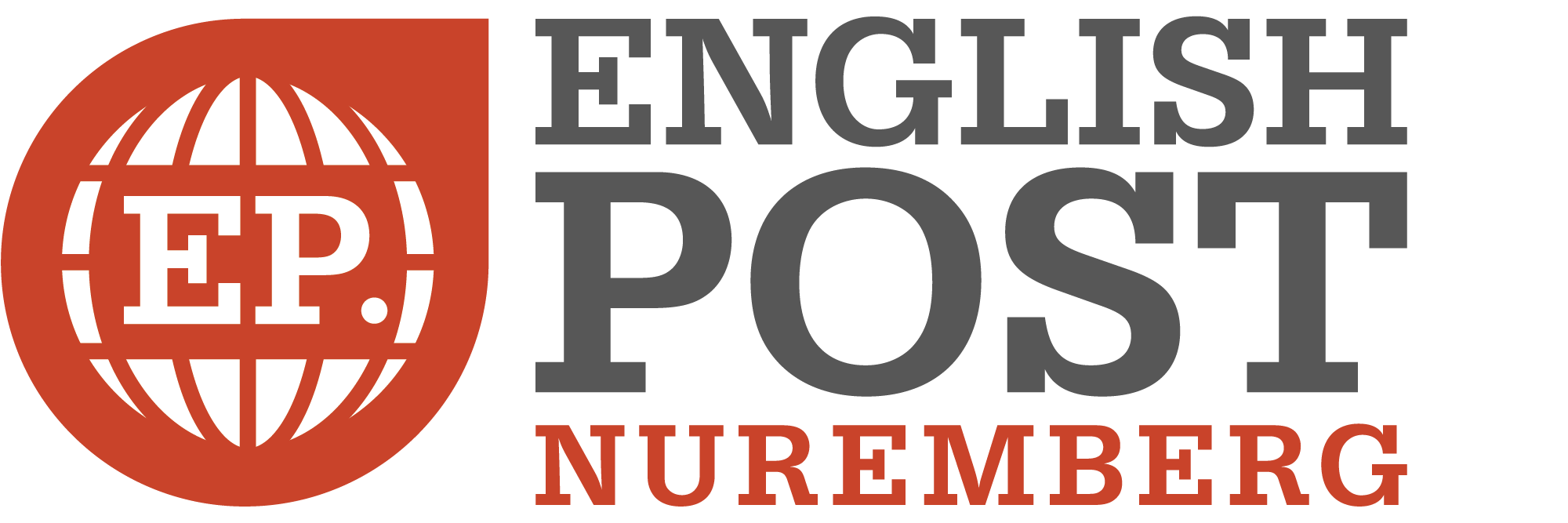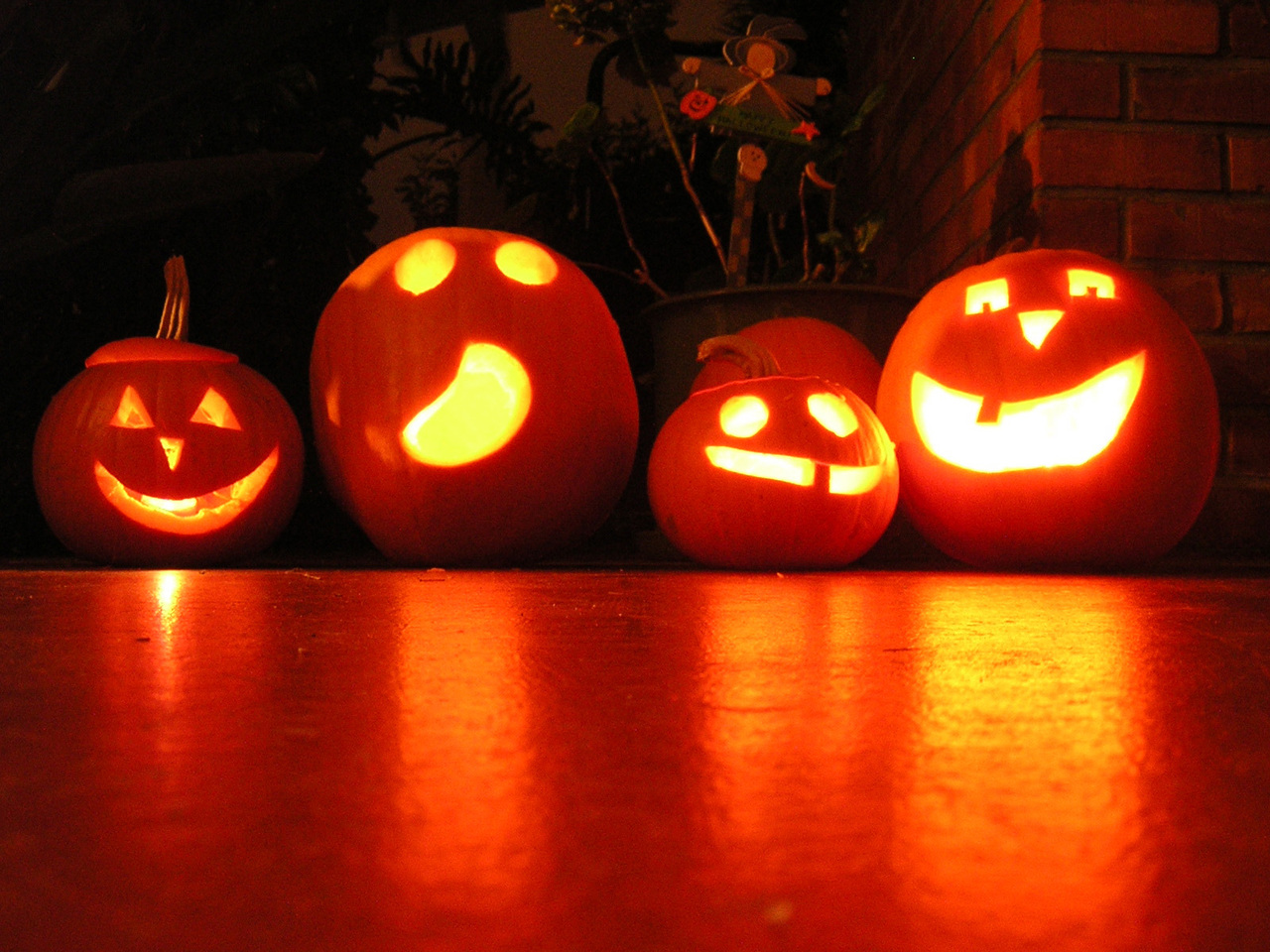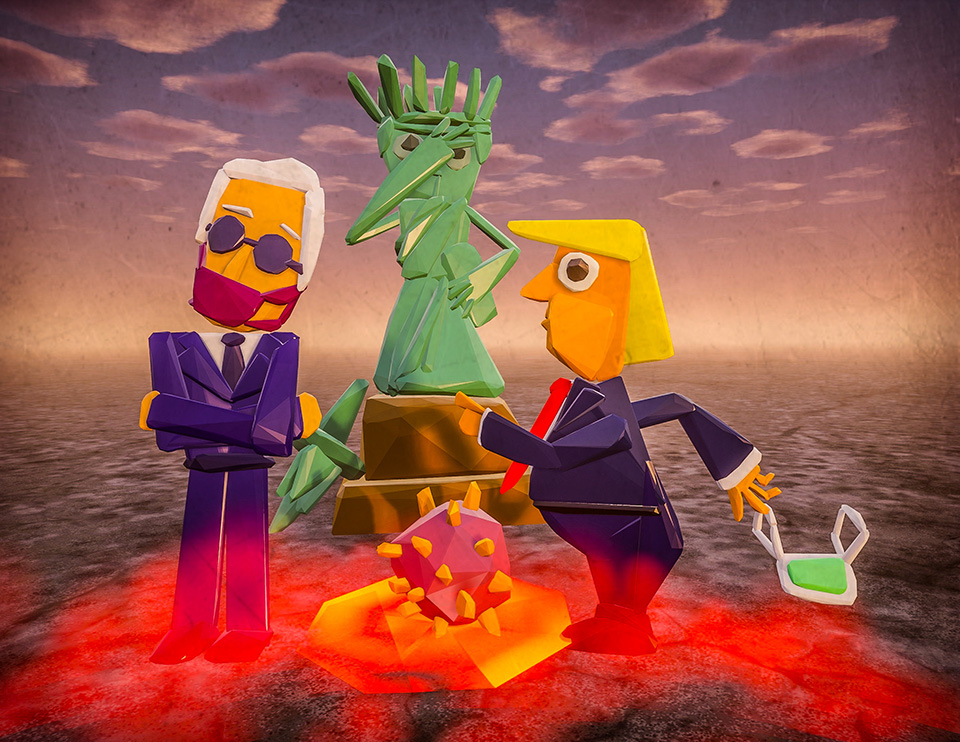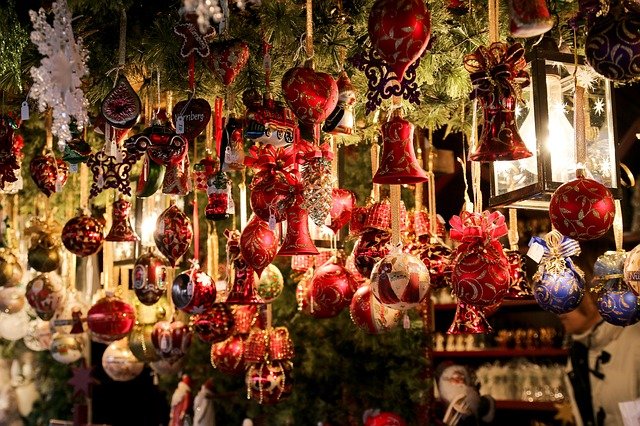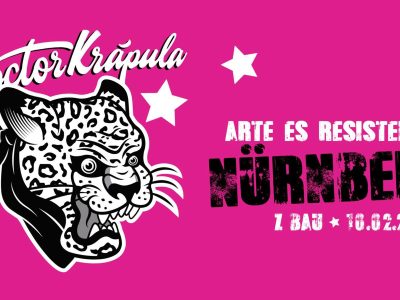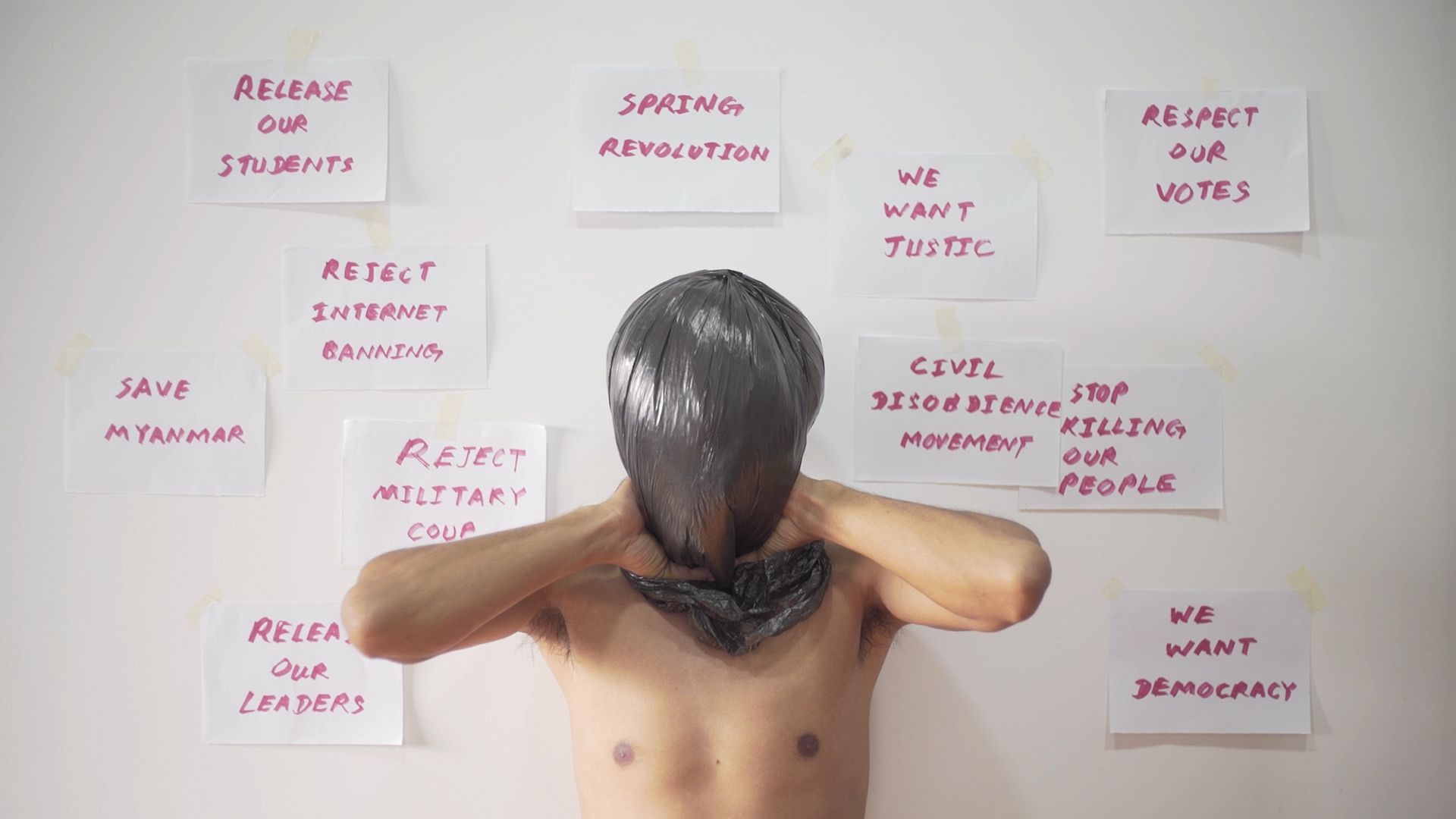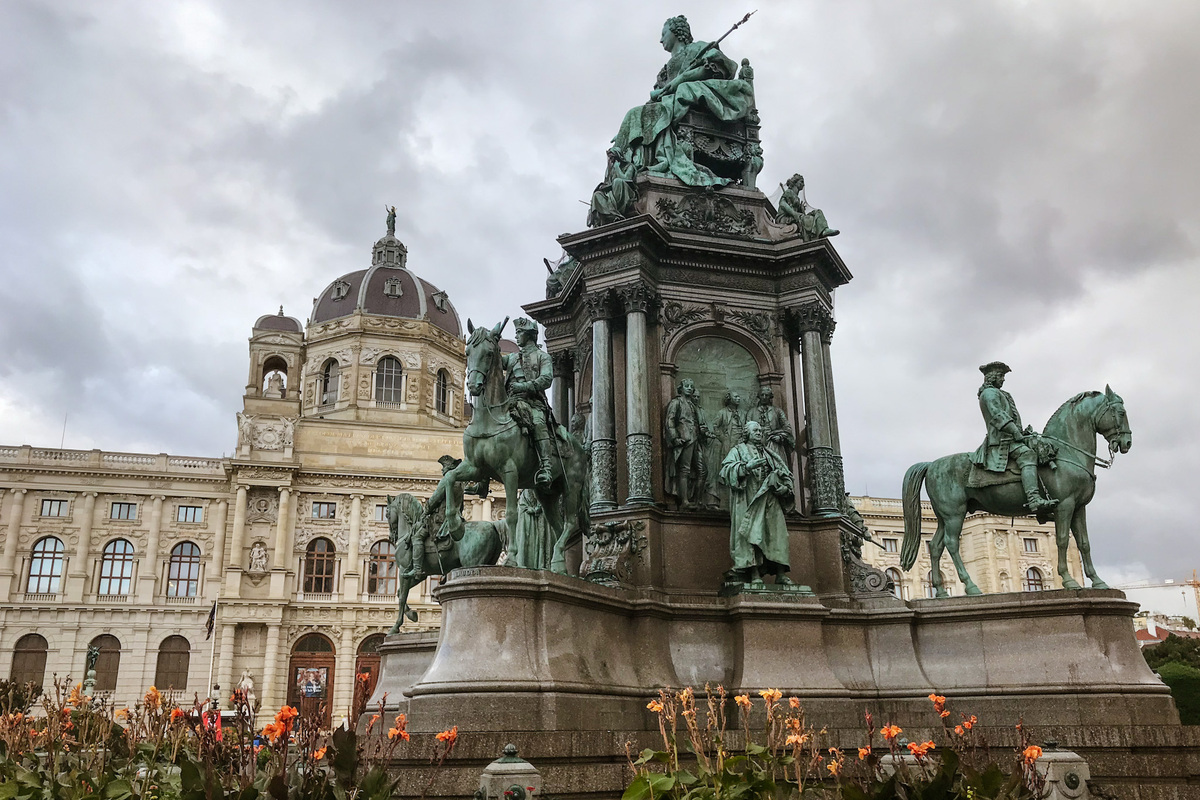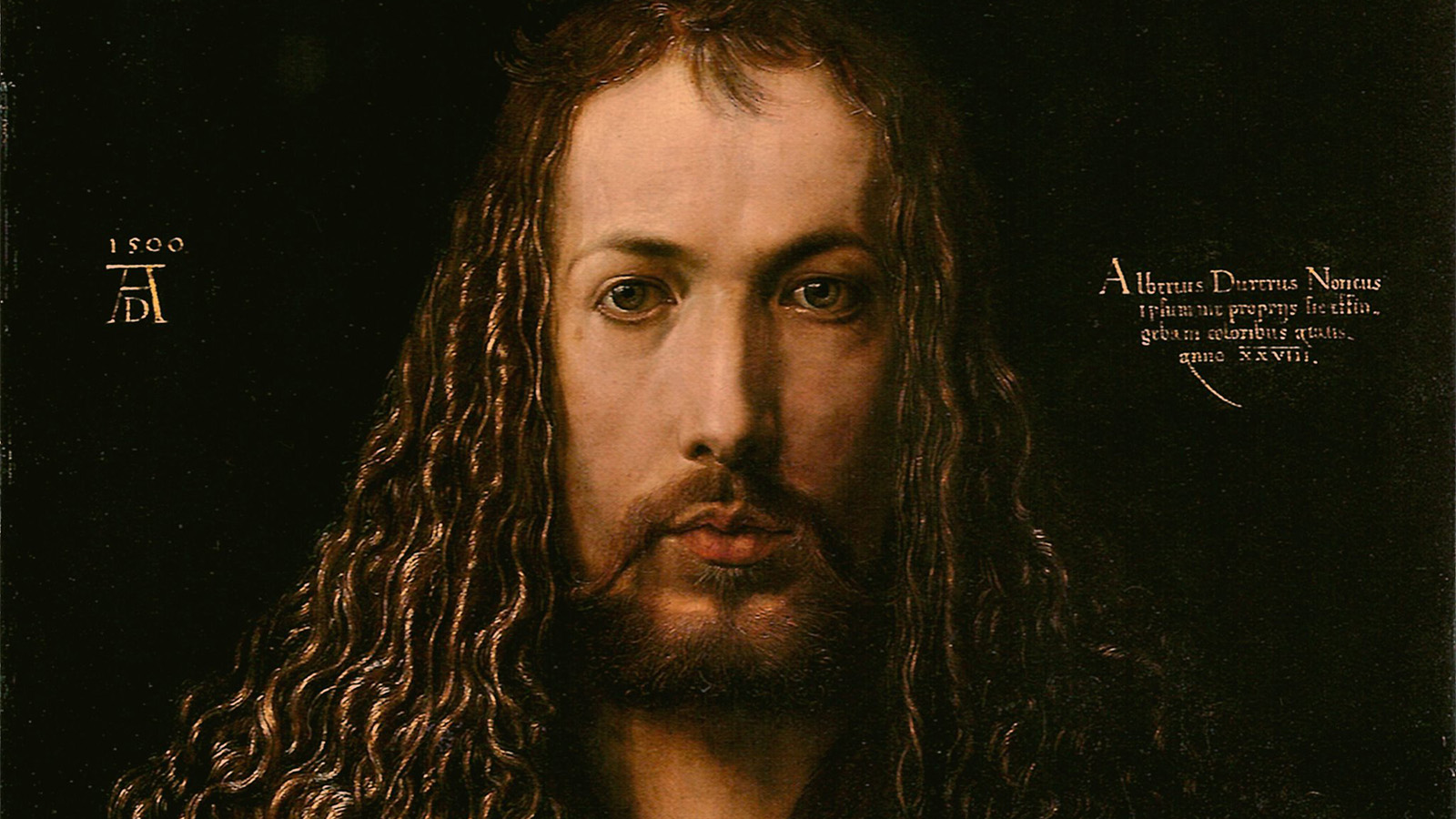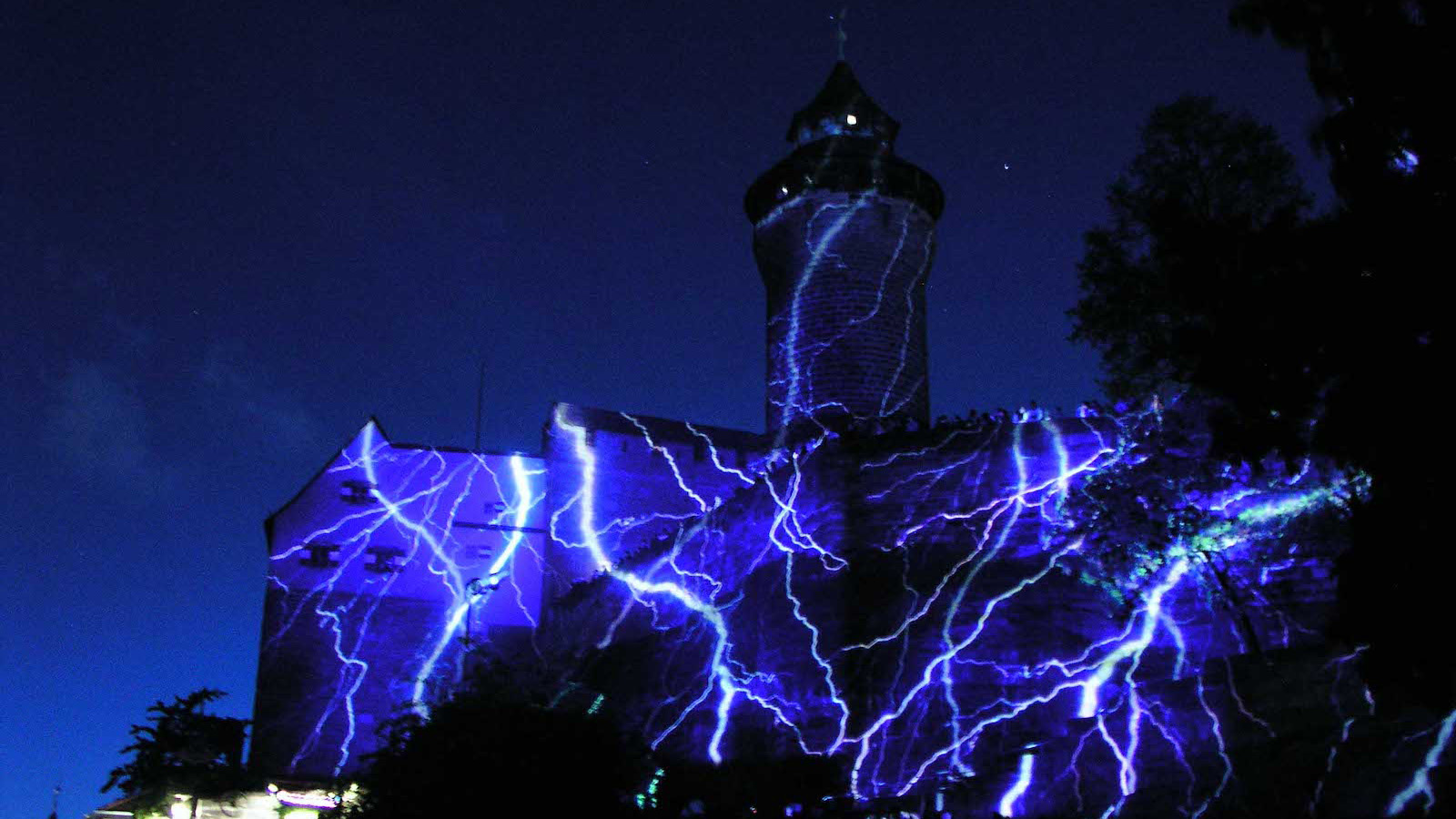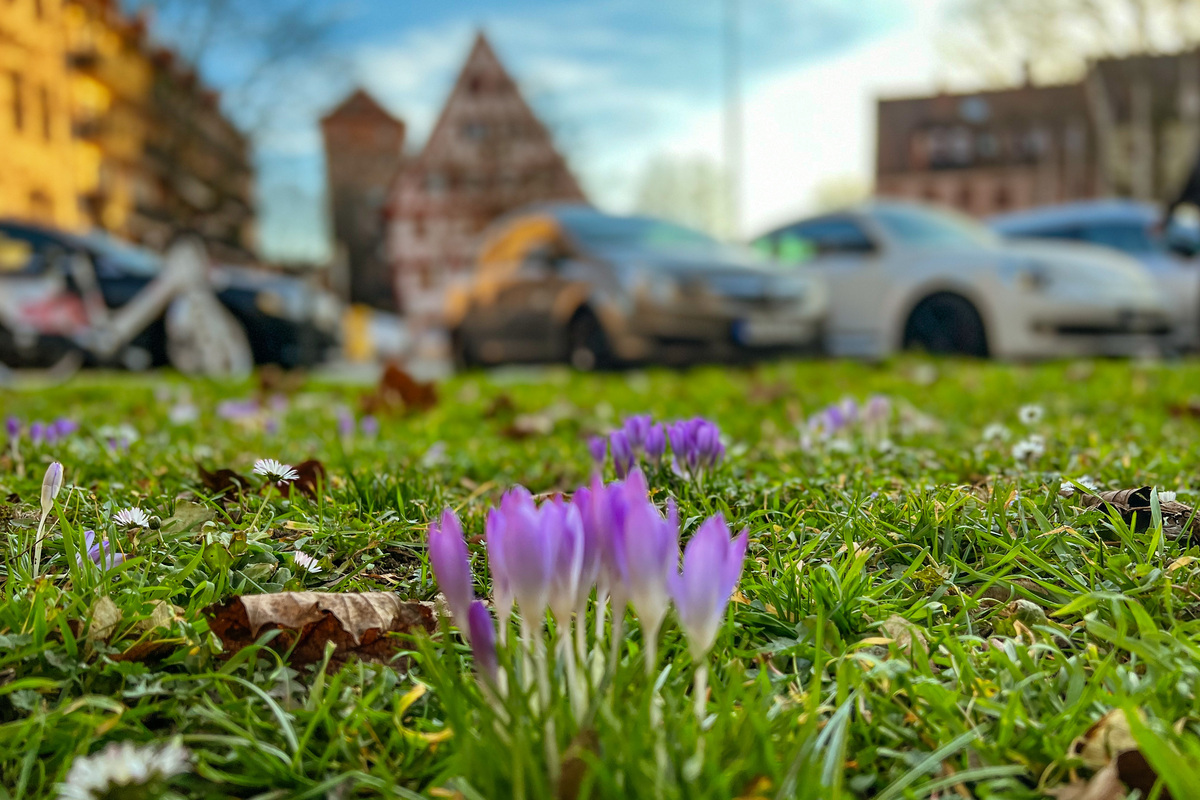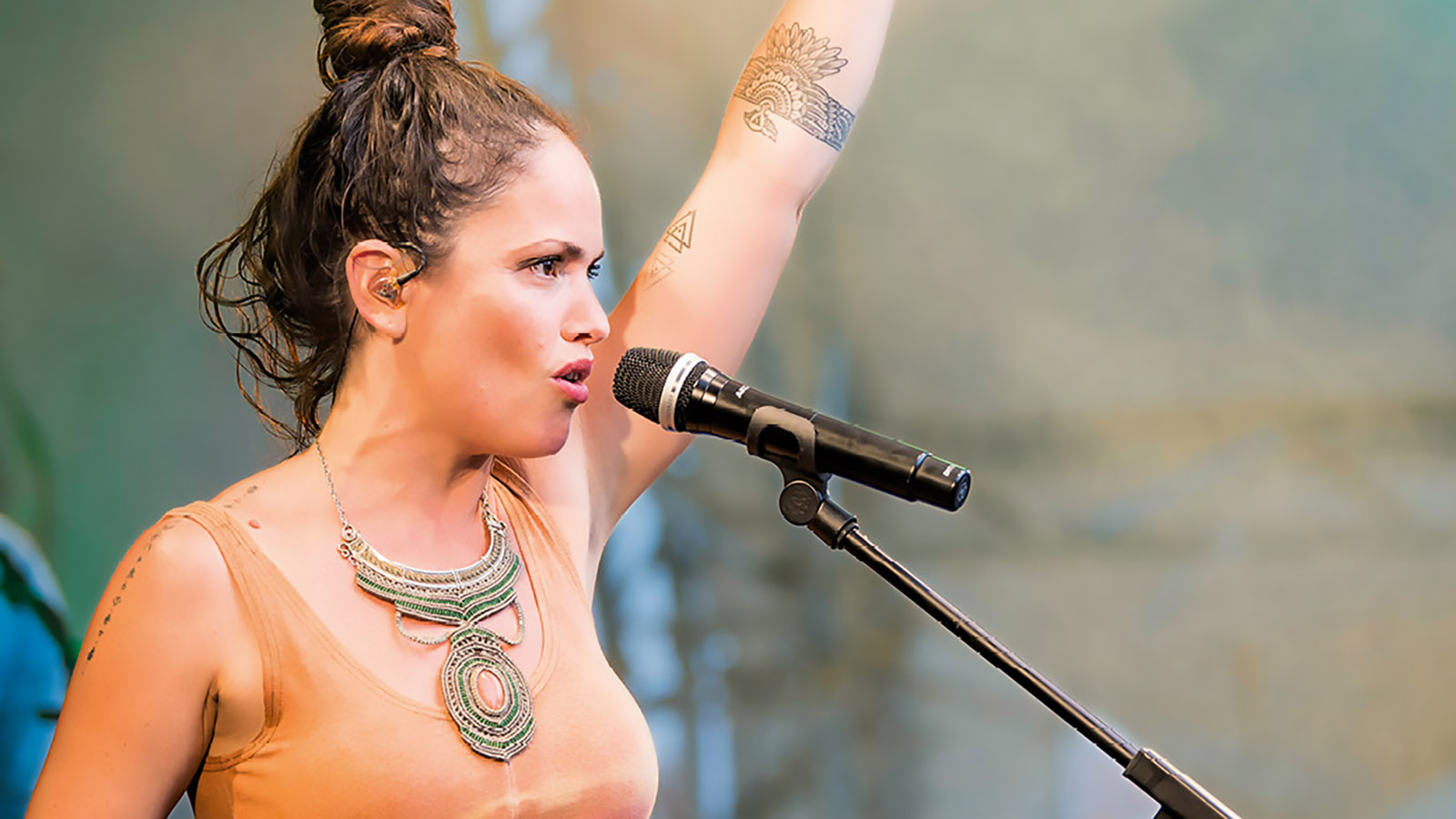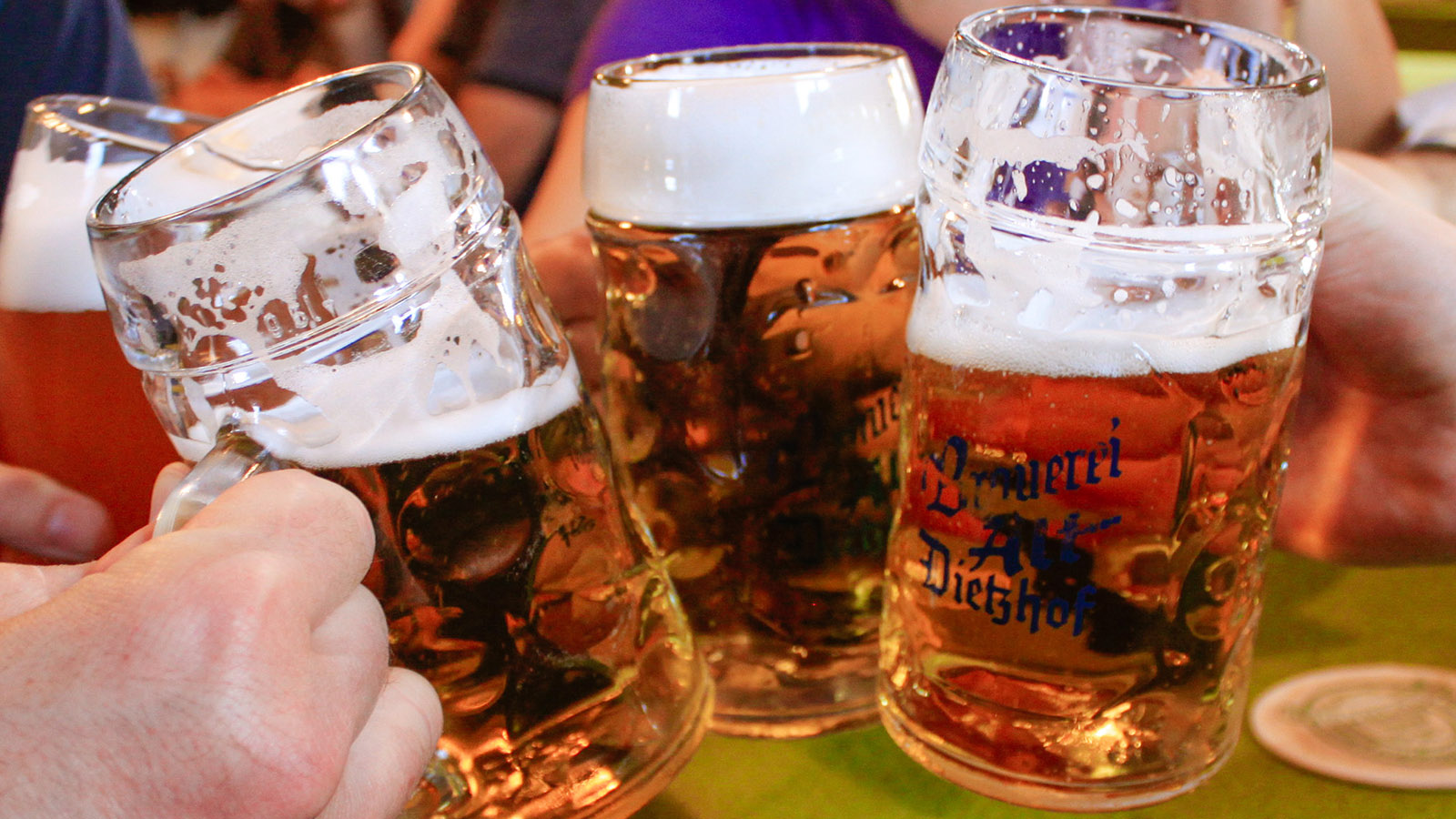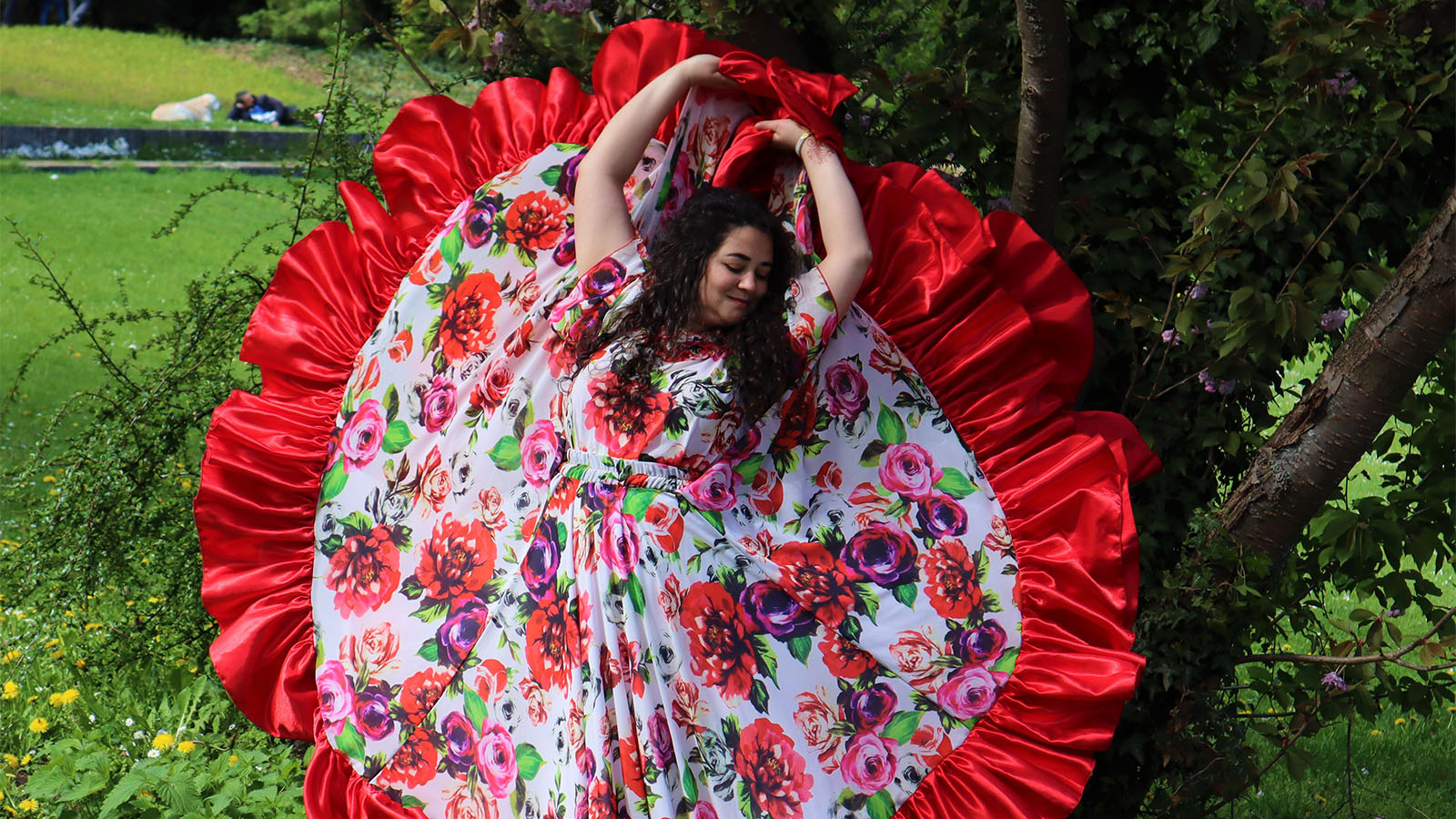A German’s criticism of the Eve of All Hallow’s Day
When I was a kid, we did not have Halloween. Of course, we knew what it was from American movies.
For me, back in the eighties, Halloween was like the German celebration of “Karneval”: you got to dress in a costume and collected a lot of candy. But instead of taking place in late winter, it was in mid-fall and creepier. But that was all. We did not have Halloween decorations, parties, or trick-or-treating.
When I was living in the US as a foreign exchange student, I naturally celebrated Halloween – my host brother even took me trick-or-treating at a friend’s place, even though I was actually too old for it.
I don’t remember when it happened, or how, but suddenly Halloween was all over Germany. Halloween parties, Halloween decorations, Halloween costumes. By now, you can even get all your Halloween supplies at your local supermarket.
Apparently it had come over from the USA, and annoyed me deeply. Not because it was “just another thing” from America that had taken over (by the way: I am still waiting for the first Taco Bell to open up!), but because everyone thought it originated from America, which, in fact, it does not. Halloween originally comes from Ireland. Irish immigrants brought it with them to the US, but nobody here seems to know or care.
The word “Halloween” is derived from the term “All Hallow’s Eve” which is the day or evening before “All Hallow’s Day” which is known in Germany, too. In some regions, it’s even a public holiday. It is not certain whether the Irish initiated Halloween as a Christian holiday or if it is based on the Celtic harvest fest “Samhain”, who’s pagan roots were perhaps Christianized as “Halloween”. Maybe it is a bit of both, but that would be a whole article on its own.
So what is Halloween in America like nowadays? When I visited my host family in the US a few years ago in October, my “American Mom” told me she was under the impression that currently, people put more effort into their Halloween decorations than they did with Christmas decorations. After travelling the country for a few weeks I came to the conclusion that she might just be right.
But back to Germany. Fortunately, we have not come that far yet. Still, people do decorate their places, dress up in creepy costumes and have parties (in 2020 presumably not as much). I actually did go to a Halloween Party last year and even got a costume. A friend convinced me I’d be the only one not wearing one, and dressing in my everyday clothes as the “Halloween Grinch” would not qualify. The children here go trick-or-treating. The German term for “trick or treat” is “Süßes oder Saures,” literally “sweet or sour”. This is short for “Süßes, sonst gibt’s Saures” – “Give me something sweet or you’ll get something sour”. Every time I hear that, I ask myself: Has anyone told them about the meaning behind what they are saying? Do their parents even know? And what would happen if they were given lemons instead of candy? Would they appreciate the irony? Would they dare to toilet-paper a house or do something else which was considered “sour”?
Nonetheless, on October 31st I will have some candy ready at my front door in case some kids do dare to stop by; it’s not their fault that I don’t like Halloween in Germany. In any case, I’m actually not a Halloween Grinch, it’s just not my cup of tea.
The Origin of Halloween
by Shelly Griffiss
Halloween’s origins date back to the ancient Celtic religious festival of Samhain (pronounced sow-in). The Celts, who lived 2,000 years ago, mostly in the area that is now Ireland, the United Kingdom and northern France, celebrated their new year on November 1st.
This day marked the end of summer and the harvest and the beginning of the dark, cold winter, a time of year that was often associated with human death. Celts believed that on the night before the new year, the barriers between the physical world and the spirit world break down, allowing more interaction between humans and denizens of the “Otherworld”.
After the harvest work was complete, celebrants joined with Druid priests to light a community fire using a wheel that would cause friction and spark flames. The wheel was considered a representation of the sun and used along with prayers. Cattle were sacrificed, and participants took a flame from the communal bonfire back to their home to relight the hearth.
By 43 A.D., as the Roman Empire expanded on the European continent the Celtic tribes were pushed into Wales, Scotland, and Ireland, along with a handful remaining in northern Spain and Brittany.
In the course of the 400 years that the Romans ruled the Celtic lands, the traditional Celtic celebration of Samhain was merged into two of the Roman’s festivals. By the 9th Century, the influence of Christianity gained a foothold in Celtic lands and church leaders attempted to reframe Samhain as a Christian celebration.
Trick-or-treating is said to have been derived from ancient Irish and Scottish practices in the nights leading up to Samhain. In Ireland, “mumming” was the practice of putting on costumes, going door-to-door and singing songs to the dead. Poor citizens would beg for food and families would give them pastries called “soul cakes” in return for their promise to pray for the family’s dead relatives.
In the second half of the 19th century, America was flooded with new immigrants. These new immigrants, especially the millions of Irish fleeing the Irish Potato Famine, helped to popularise the celebration of Halloween nationally.
Borrowing from European traditions, Americans began to dress up in costumes and go house to house asking for food or money, a practice that eventually became today’s “trick-or-treat” tradition.
Some Random Facts:
One quarter of all the candy sold annually in the U.S is purchased for Halloween.
More people are buying costumes for their pets. 20% did so in 2018, up from 16% in 2017.
Today, Americans spend an estimated $6 billion annually on Halloween, making it the country’s 2nd largest commercial holiday after Christmas.
